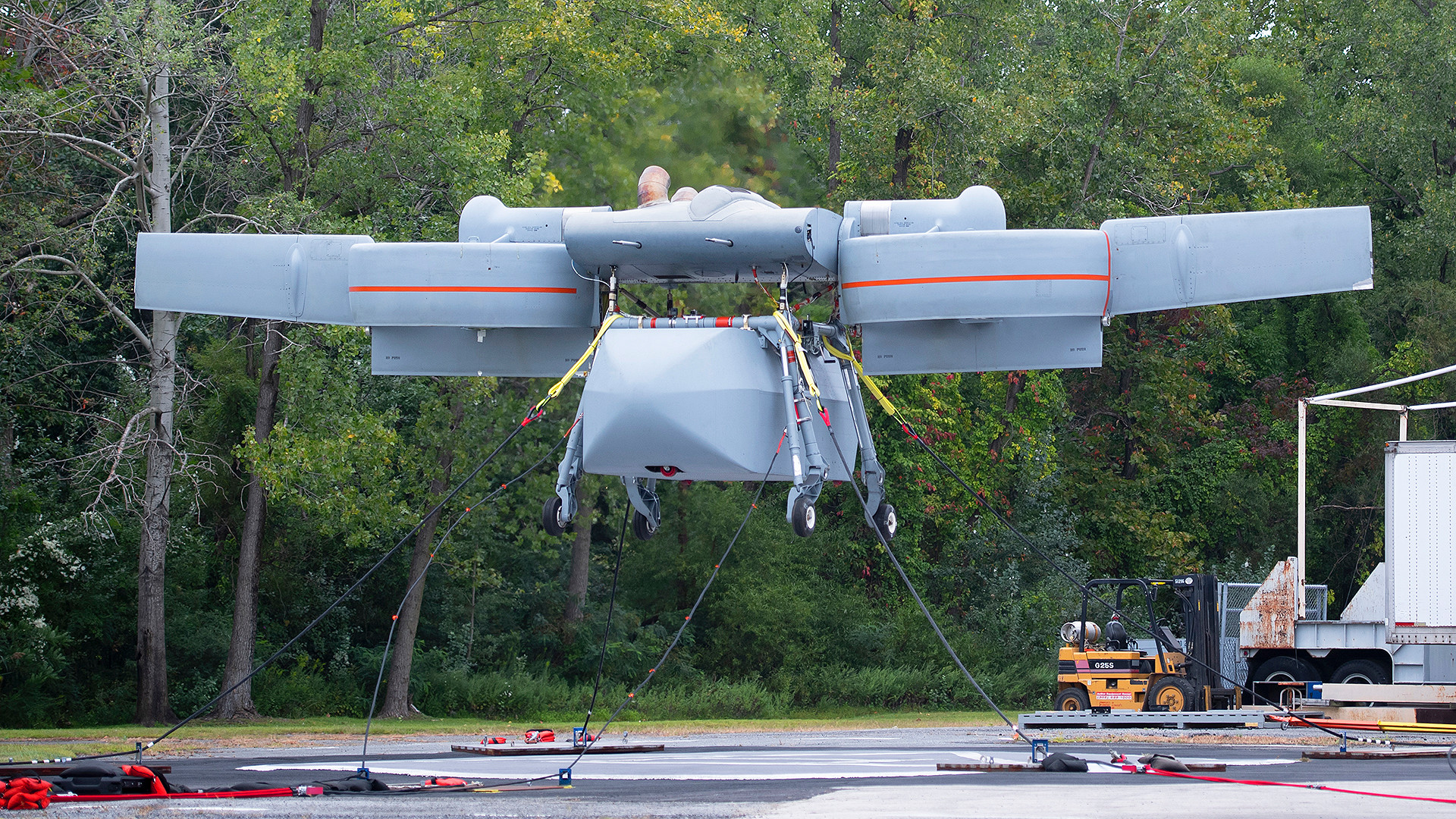The Piasecki Aircraft Corporation’s Aerial Reconfigurable Embedded System Demonstration Vehicle (ARES-DV), a vertical takeoff and landing capable tilt-duct fan drone designed to carry interchangeable payload modules, has left the ground for the first time. With its highly modular design, ARES has the potential to be configured for various missions, including surveillance and reconnaissance, electronic warfare, communications relay, carrying people and cargo, and even as a platform for launching kinetic attacks. More than a decade in the making, the flight milestone comes amid growing U.S. military interest in runway-independent uncrewed aircraft to perform a host of tasks in support of future operations, especially ones where American forces may be operating from sites with limited infrastructure dispersed across a broad front.
“The ARES-DV Flight Module lifted off from Piasecki’s West Helipad in Essington, Pennsylvania on Friday, September 6th, and achieved a sustained hover for a duration of approximately one minute before descending,” Piasecki announced in a press release today. “Upon landing, the team attached the U.S. Army’s Mobile Multiple Mission Module (M4) to the ARES-DV Flight Module, and conducted a second successful one-minute hover, demonstrating the ability of its triplex fly-by-wire flight control system to sustain a stable hover in multiple configurations and a dynamic ground environment.”

ARES is a tilt-duct design that uses a pair of ducted fans for vertical takeoff and landing (VTOL), as well as level flight. One of the fans is mounted on each side of a central fuselage section with small wings protruding further in each direction. Underneath the center fuselage is a fixed landing gear assembly with four struts, each with a single wheel at the bottom.
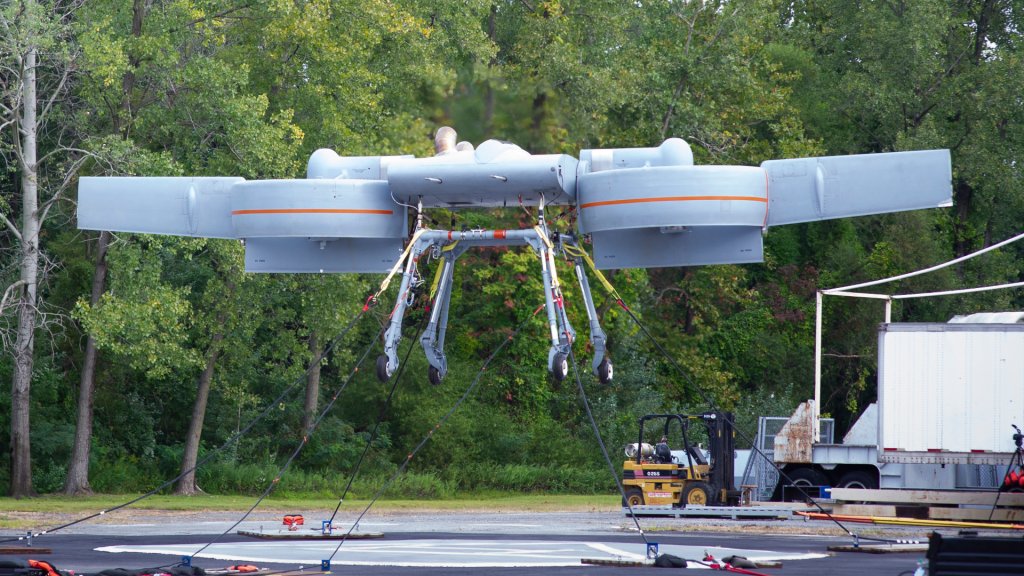
The overall configuration of ARES creates a large open area underneath where different payload modules can be attached. The M4 used in the second hover test was originally developed for the U.S. Army’s Telemedicine and Advanced Technology Research Center (TATRC) and is designed to be used for casualty evacuation (CASEVAC), troop transport, and cargo-carrying missions.
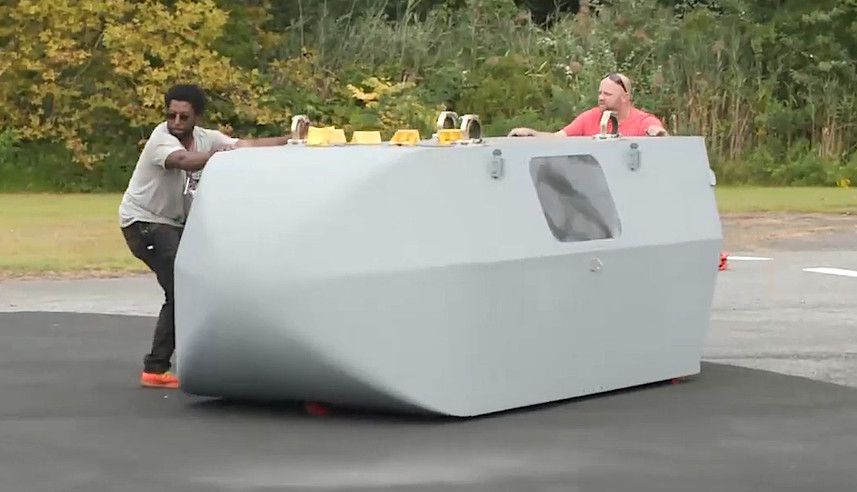
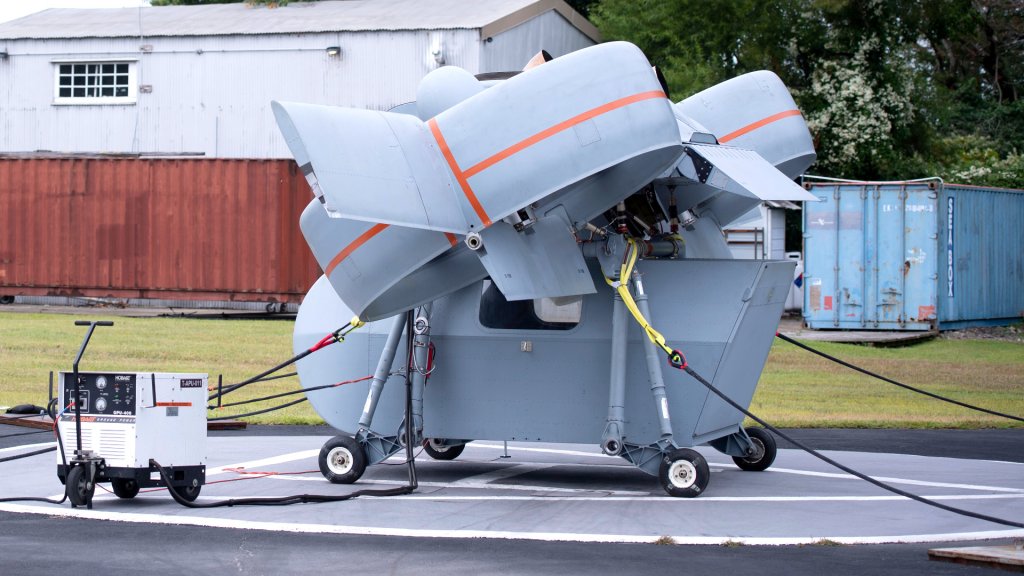
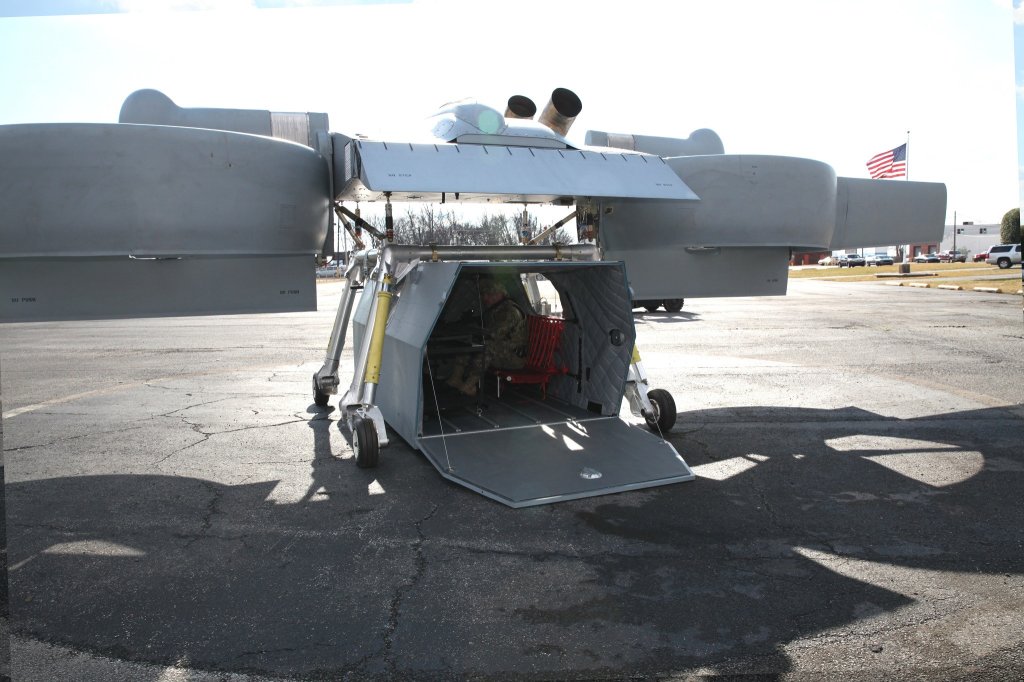
The M4 evokes the memory of the much larger multi-purpose pods the Army had for its Sikorsky’s CH-54 Skycrane helicopters during the Cold War. Especially with the M4 module underneath, ARES also has a general look of something that would be right at home in a James Cameron sci-fi movie like Avatar.
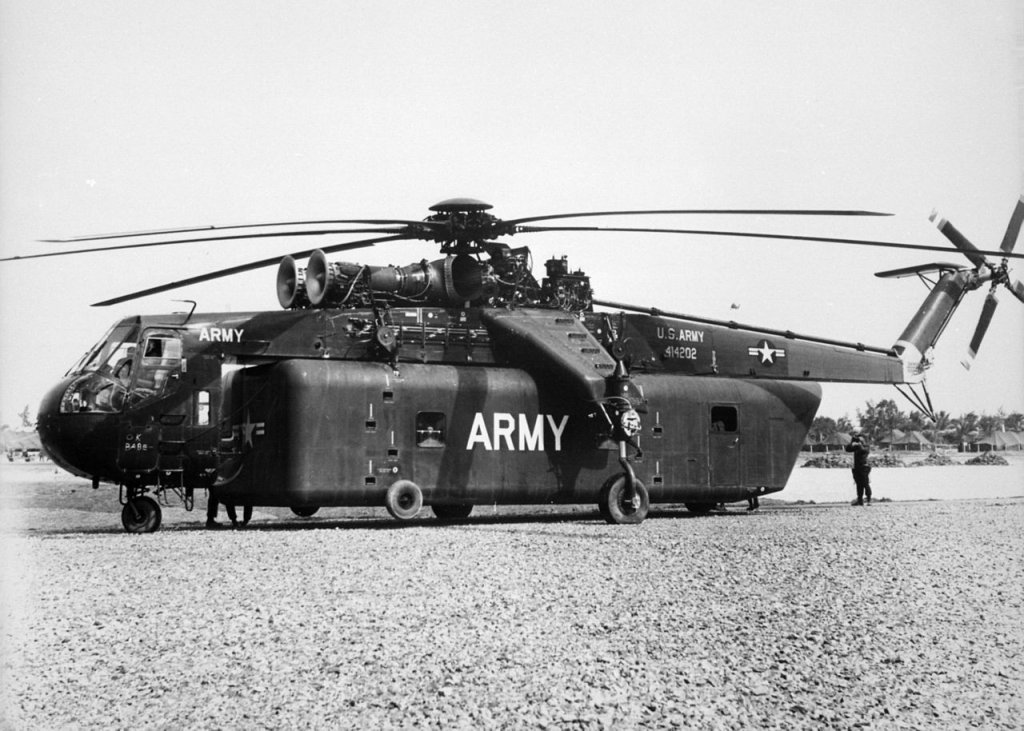

“This demonstrator vehicle is designed to demonstrate the concept, controls, and aerodynamics and the data gained through the flight test program will support future design efforts,” a Piasecki spokesperson told The War Zone.
The ARES-DV is currently powered by a pair of turbine engines that drive its two ducted fans via a series of mechanical linkages. Piasecki has told The War Zone that future examples could feature different propulsion system options depending on customer requirements. The company has not yet released any projected performance specifications for a production representative configuration, which it said will also be dependent on customer needs.
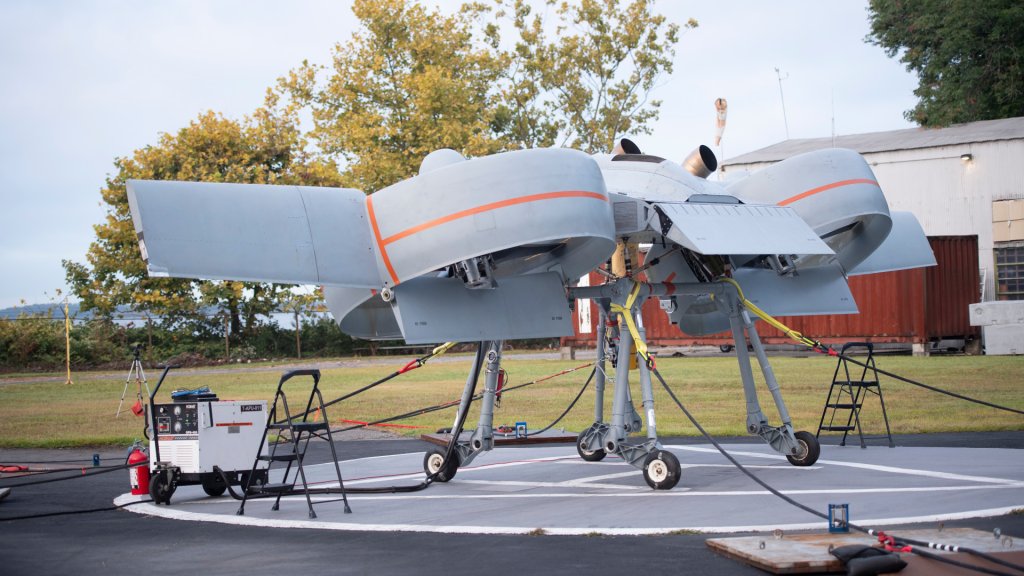
“ARES features Honeywell Aerospace’s Compact Fly-By-Wire system, an integrated flight control system that is both lightweight and robust,” Piasecki’s release did note. “Designed to fit into the limited space available on smaller aircraft, this state-of-the-art system provides safety-critical flight control capabilities typically found in much larger airliners and advanced fighter aircraft. It enables precise handling and stability across a wide range of flight conditions, thereby enhancing safety and performance — and is especially advantageous for VTOLs, where space is at a premium and weight efficiency is paramount.”

How much autonomy the design currently has is unclear, but Piasecki has stated plans to expand those capabilities going forward.
“After successfully expanding the aircraft’s flight envelope, we will implement modifications to enable flight demonstration of a fully autonomous CASEVAC and logistics resupply capability,” John Piasecki, CEO of Piasecki Aircraft, said in a statement in today’s press release. “Successful flight demonstration of the ARES proof of concept demonstrator significantly reduces risk and accelerates the development timeline for a family of operational tilt-duct configurations for multi-mission VTOL UAS and high-speed VTOL applications.”
It has been a long road for ARES, the development of which traces its roots back to a Defense Advanced Research Projects Agency (DARPA) program called Transformer (TX) in the late 2000s. Transformer (TX) was originally centered on ‘flying car’ type concepts capable of flight and extended ground operations. Between 2012 and 2014, this morphed into the aerial-only ARES effort, with Piasecki working together with Lockheed Martin’s famed Skunk Works on the design. Piasecki has its own long history of advanced helicopter and other VTOL developments.

In 2019, DARPA halted work on ARES, citing cost growth and delays. DARPA had started ground testing an ARES prototype in cooperation with the U.S. Marine Corps before canceling the project.
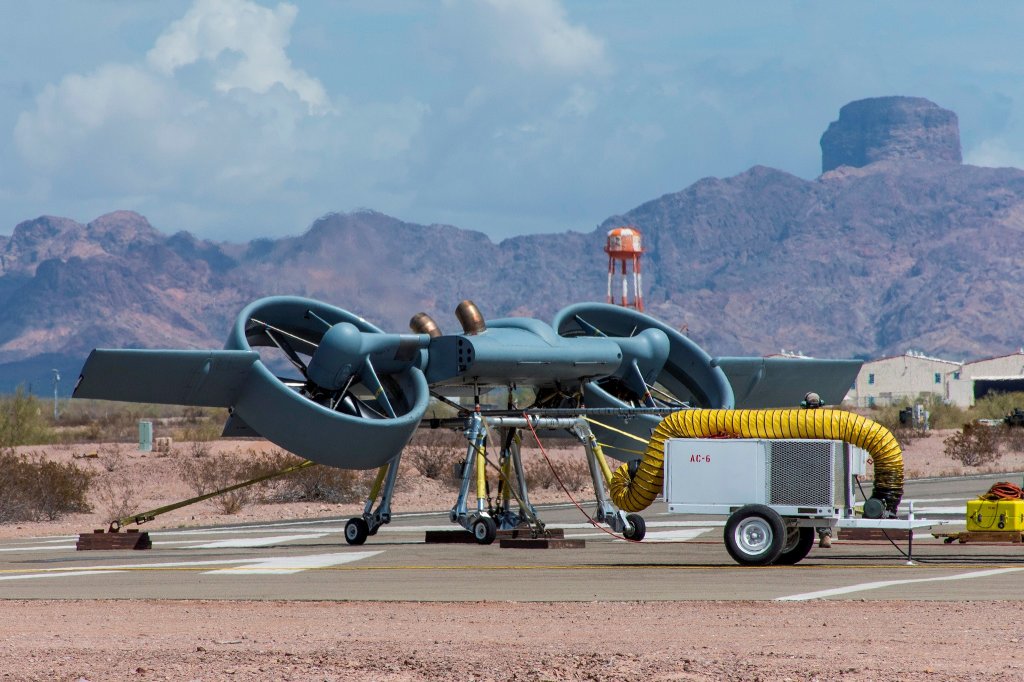
Piasecki continued on developing the ARES concept using internal funding before securing additional Small Business Innovation Research (SBIR) contracts from the U.S. Army and the U.S. Air Force to support the ongoing work. SBIR is a U.S. government contracting mechanism structured to help foster technical innovation through the award of smaller contracts, often to smaller companies.
Last year, Piasecki also received another contract through AFWERX’s Strategic Funding Increase (STRATFI) program valued at $37 million for ARES and other work on VTOL designs and related technologies, including hydrogen fuel cells. AFWERX is the Air Force Research Laboratory‘s (AFRL) internal technology incubator and this particular STRATFI deal was also awarded in cooperation with the Army’s Medical Research and Development Command (MRDC).
Work on ARES has been heavily focused on developing a platform to conduct CASEVAC and logistics missions since it was a DARPA program, and this clearly continues to be the case.
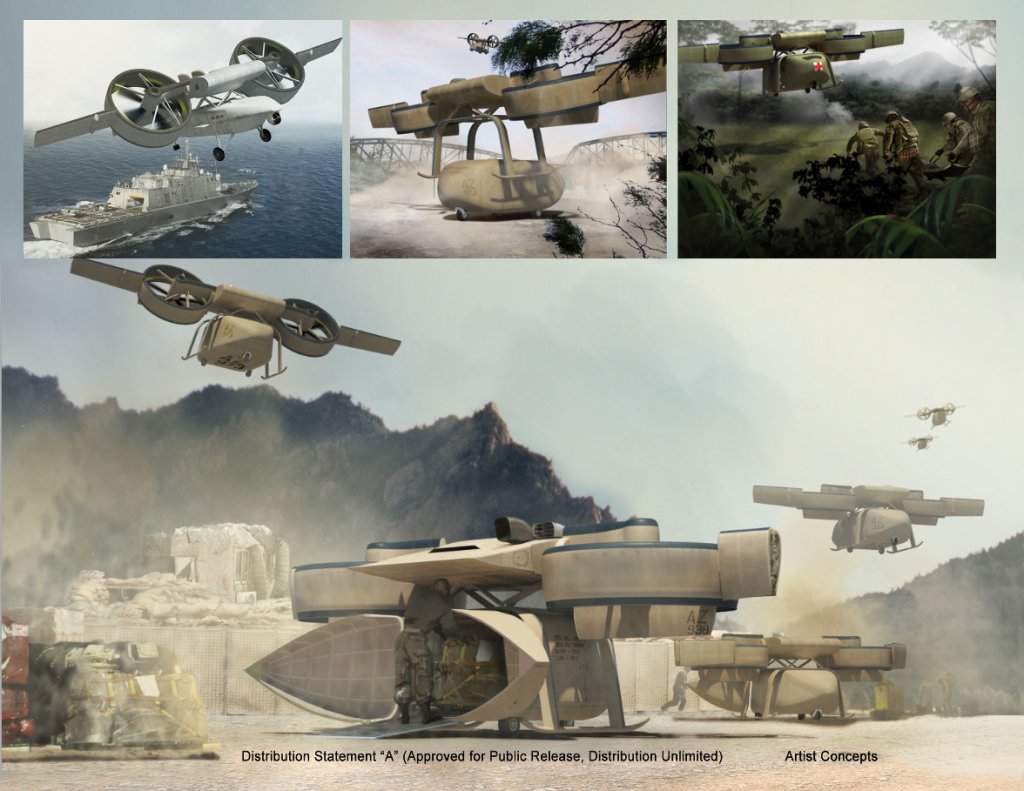
“ARES creates a new baseline for VTOL technology applied to heavy-payload, time-critical logistics crucial for dispersed operations,” Barth Shenk, an AFRL Program Manager, said in a statement accompanying Piasecki’s release today.
As already noted, there is significant and still growing demand for uncrewed aerial logistics capabilities, especially runway-independent ones, across the U.S. military to support future expeditionary and distributed operations. These concepts of operations are increasingly seen as not just valuable, but essential for fighting and winning in future high-end conflicts, such as one in the Pacific against China. The U.S. Marine Corps is already actively pursuing three tiers of uncrewed VTOL logistics platforms as part of a total force restructuring that is centered heavily on island-hopping scenarios in the Pacific. Having an additional option for extracting wounded personnel or downed aircrew, and one that does not involve risking a crewed aircraft, would also be very desirable in those same operational contexts.
At the same time, ARES’ modular payload arrangement opens the door to it being readily reconfigurable, even at forward locations in a future operational context, to perform a variety of other missions. Something the size of the M4 module would also be big enough to carry various sensors, communications suites, electronic warfare packages, or even small munitions.
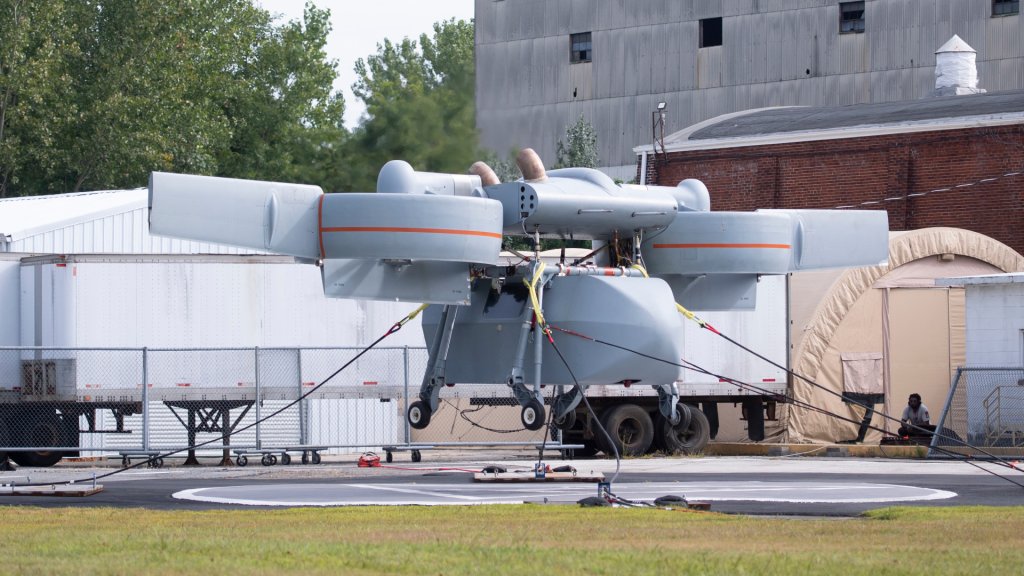
“ARES is designed with a small landing footprint to enable shipboard and expeditionary operations as well as provide embedded multi-mission C4I [command, control, communications, computers, and intelligence], ISR [intelligence, surveillance, and reconnaissance], combat, and logistics support to small, distributed combat forces operating over extended distances and in complex terrain,” Piasecki touts in its press release.
How ARES may or may not evolve into an operational platform remains to be seen. Still, for a design that looked for years like it might end up fading into obscurity, ARES has now made a significant comeback thanks to renewed U.S. military interest.
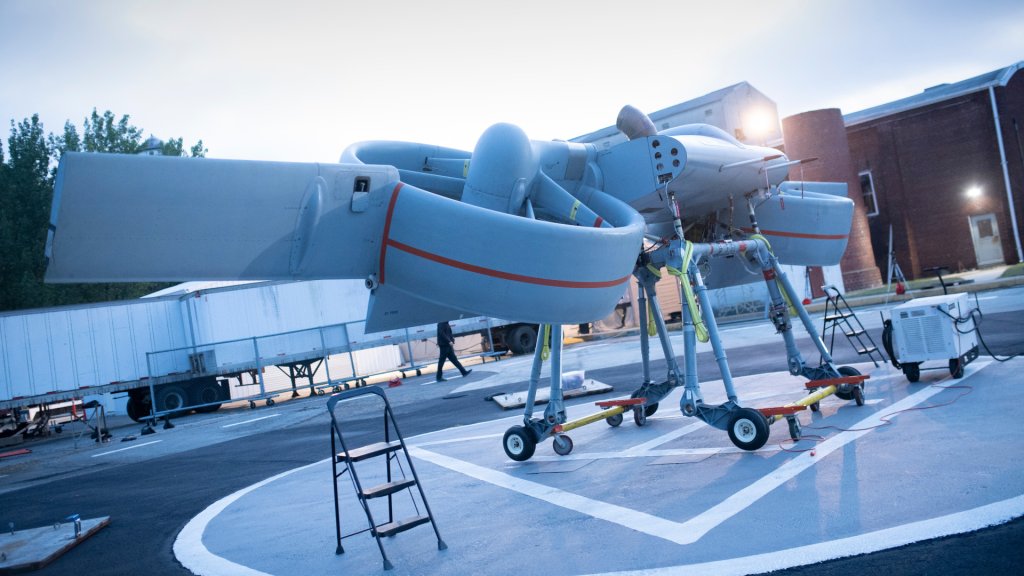
Contact the author: joe@twz.com
